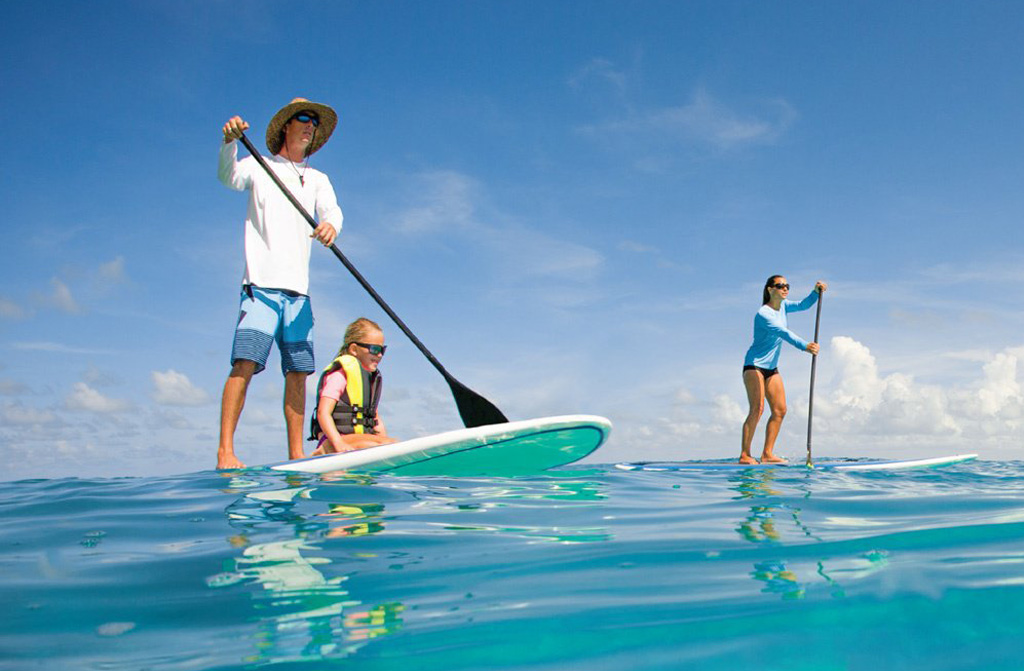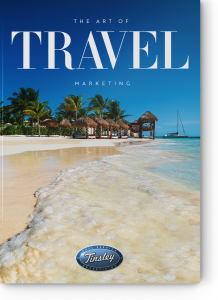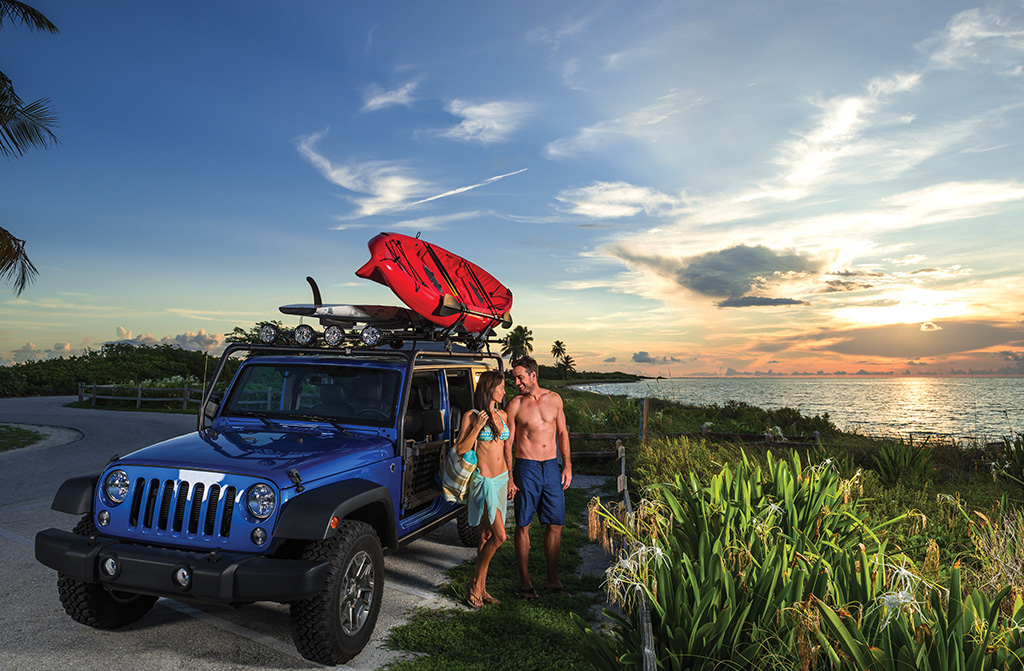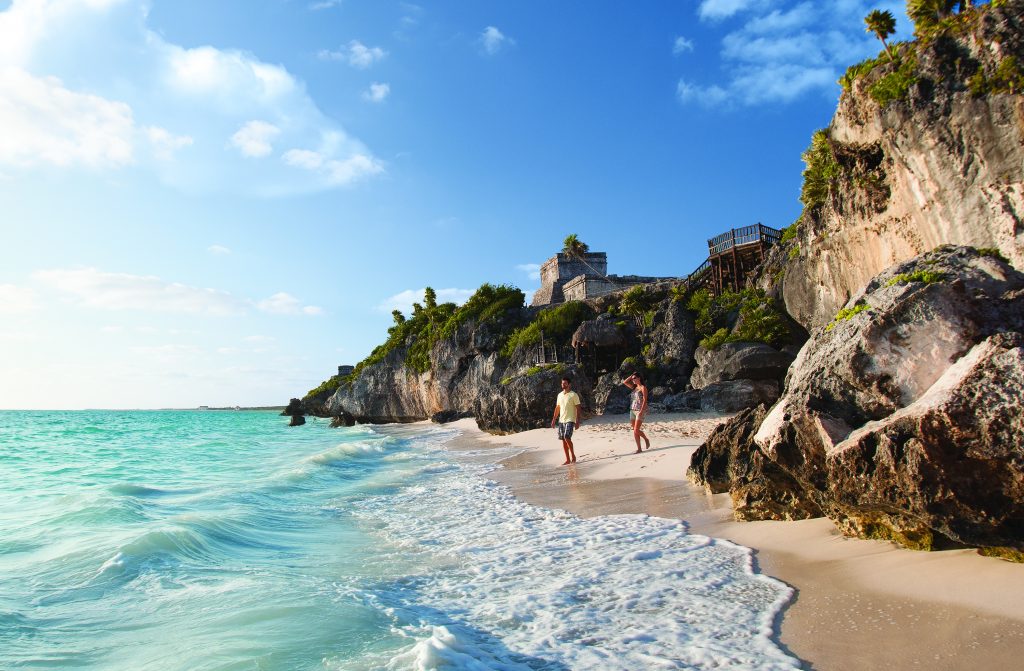October 17, 2018
In
Tinsley Blog

By Dorn Martell
 Families have never been more bombarded with information and options than they are today. So what are families looking for when it comes to the perfect vacation and what can resorts, destinations and cruise lines do to effectively market to them? It seems obvious that our shared experiences are the most important memories we have of childhood, and exploring the world together is what we all dream of. But there are several factors that can make or break a family vacation. Value is cited most often, not just was the vacation affordable, but was it worth it, no matter the cost. Convenience is also a major consideration. Resorts that offer strollers, kids’ toys, baby food and nanny programs are a big plus for families with young kids. Teenagers are more difficult to please as they don’t see themselves as kids, and most “Teen Clubs” are largely underused. Real action like zip lines and kayaking are better alternatives for teens, and free Wi-Fi is considered a fundamental human right for young people.
Families have never been more bombarded with information and options than they are today. So what are families looking for when it comes to the perfect vacation and what can resorts, destinations and cruise lines do to effectively market to them? It seems obvious that our shared experiences are the most important memories we have of childhood, and exploring the world together is what we all dream of. But there are several factors that can make or break a family vacation. Value is cited most often, not just was the vacation affordable, but was it worth it, no matter the cost. Convenience is also a major consideration. Resorts that offer strollers, kids’ toys, baby food and nanny programs are a big plus for families with young kids. Teenagers are more difficult to please as they don’t see themselves as kids, and most “Teen Clubs” are largely underused. Real action like zip lines and kayaking are better alternatives for teens, and free Wi-Fi is considered a fundamental human right for young people.
Parents spend most of their time worrying, so safety is paramount. This is a major obstacle for travel outside the United States. Recent reports of violence, Zika and natural disasters in popular tourist destinations have caused many parents to opt for an adventure theme park over an actual adventure. But resorts and destinations can effectively market to adventurous families by emphasizing the lengths they go to keeping your family safe. Another challenge is accommodating large families. Hotels are still the most popular option for families, but renting two hotel rooms is an unattractive option for most families. Resorts that have truly connected rooms or large suites that can hold a family of five–plus grandma–are rising in popularity. Home rentals like Airbnb and VRBO will continue to grab market share as home and cottage rentals are a very affordable way to house the multi-generational family.
Resorts and destinations that seek to attract families must be realistic about the times of the year that families can travel: summer, winter break and spring break are the only times American families can travel. Schools will no longer accept a family vacation as an excused absence. Resorts that cater to children must have an “off season” strategy to fill their properties with adults or families from Europe, Asia and South America who may have a different school calendar. Families also typically book three months prior to travel, so don’t count on many last-minute bookings.
Florida still tops the charts as the number one destination for family travel with California as number two in the United States. Internationally, Canada saw about 61% of family travelers from the U.S., followed by the Caribbean at 17%, Mexico at 13% and Europe at only 8%*. Again, safety and convenience are driving these numbers. Many families say they would like to travel to more exotic destinations, but only the most adventurous are actually doing it. These travelers tend to place travel at a higher priority than possessions, and are less risk adverse.
Despite technology, word-of-mouth is still the number one driver of family vacation considerations. Bad experiences, broken promises and unmotivated staff will have long-lasting negative effects on properties, cruise lines and destinations. Bloggers and journalists are also influential, but as consumers become more aware of paid endorsements, trust issues arise.TripAdvisor is held in high regard, but after the “Shed at Dulwich” hoax, people may be looking more closely at the quality and motivation of on-line reviews. Television and magazines are still excellent vehicles for marketing to families though the metrics are more difficult to calculate. Search engines are generally credited for the sale, but with a three month booking window and multiple family members influencing the decision, the “creation of desire” is something that takes place over time and over multiple platforms, some more measurable than others.
So what is the secret formula to attracting families? It’s simple. Families want to relax and create memories together in a safe environment that’s worth the price. Speak to them with honesty, integrity and satisfy them emotionally. If you make the right impression, they will come back year after year, and once a family tradition has been set, the kids will grow up and want to share that experience with their own children.









 By John Underwood
By John Underwood